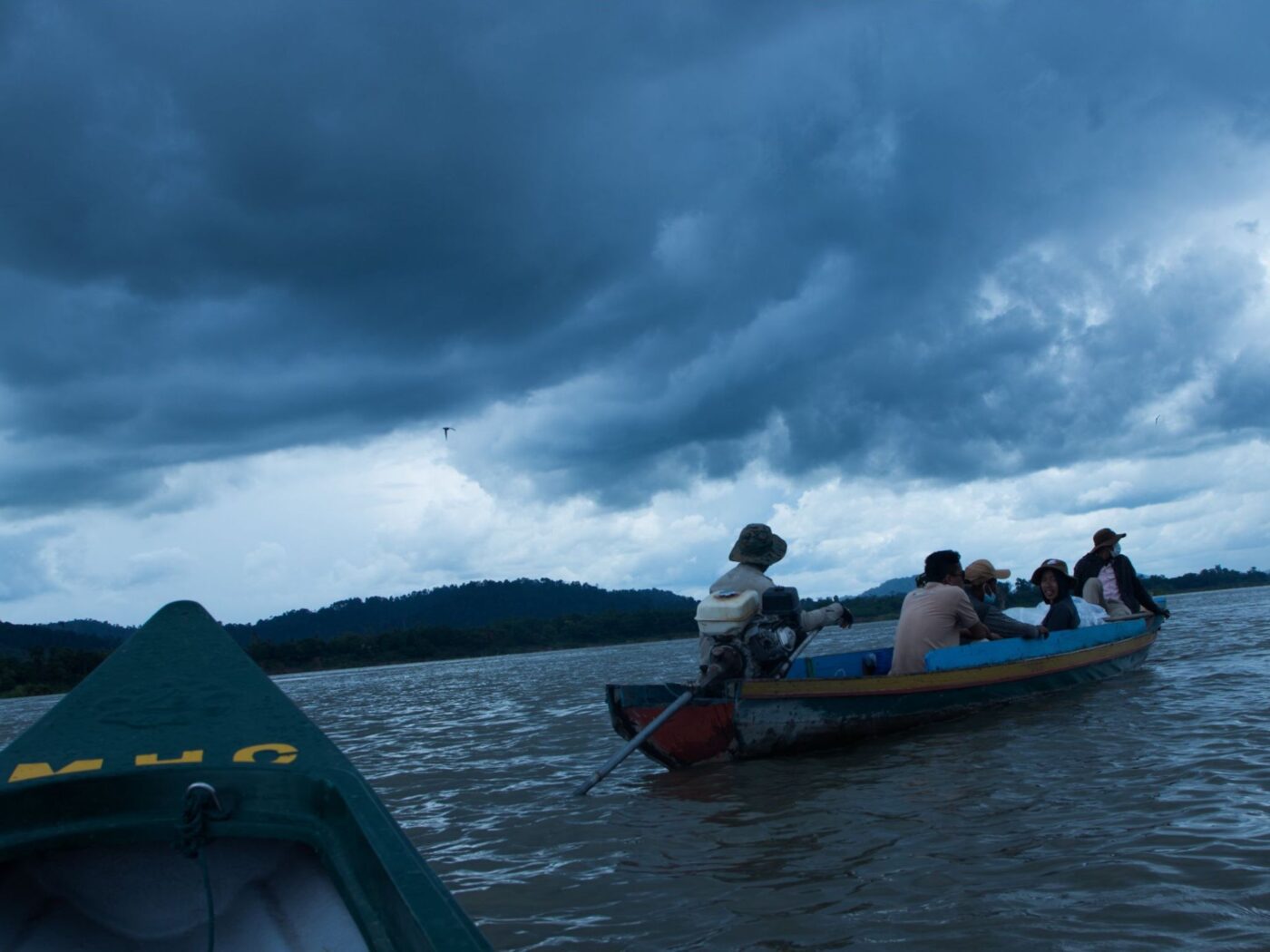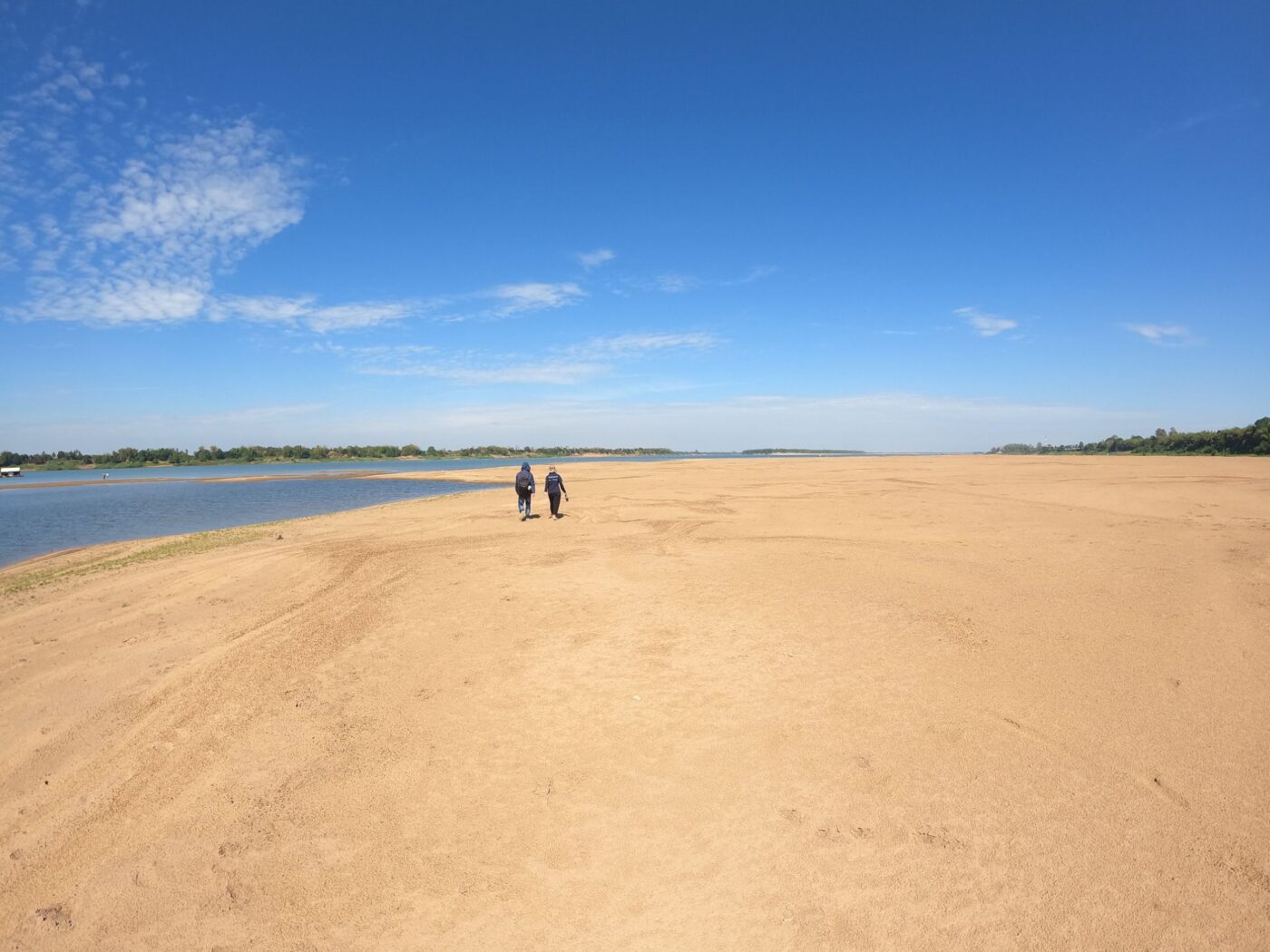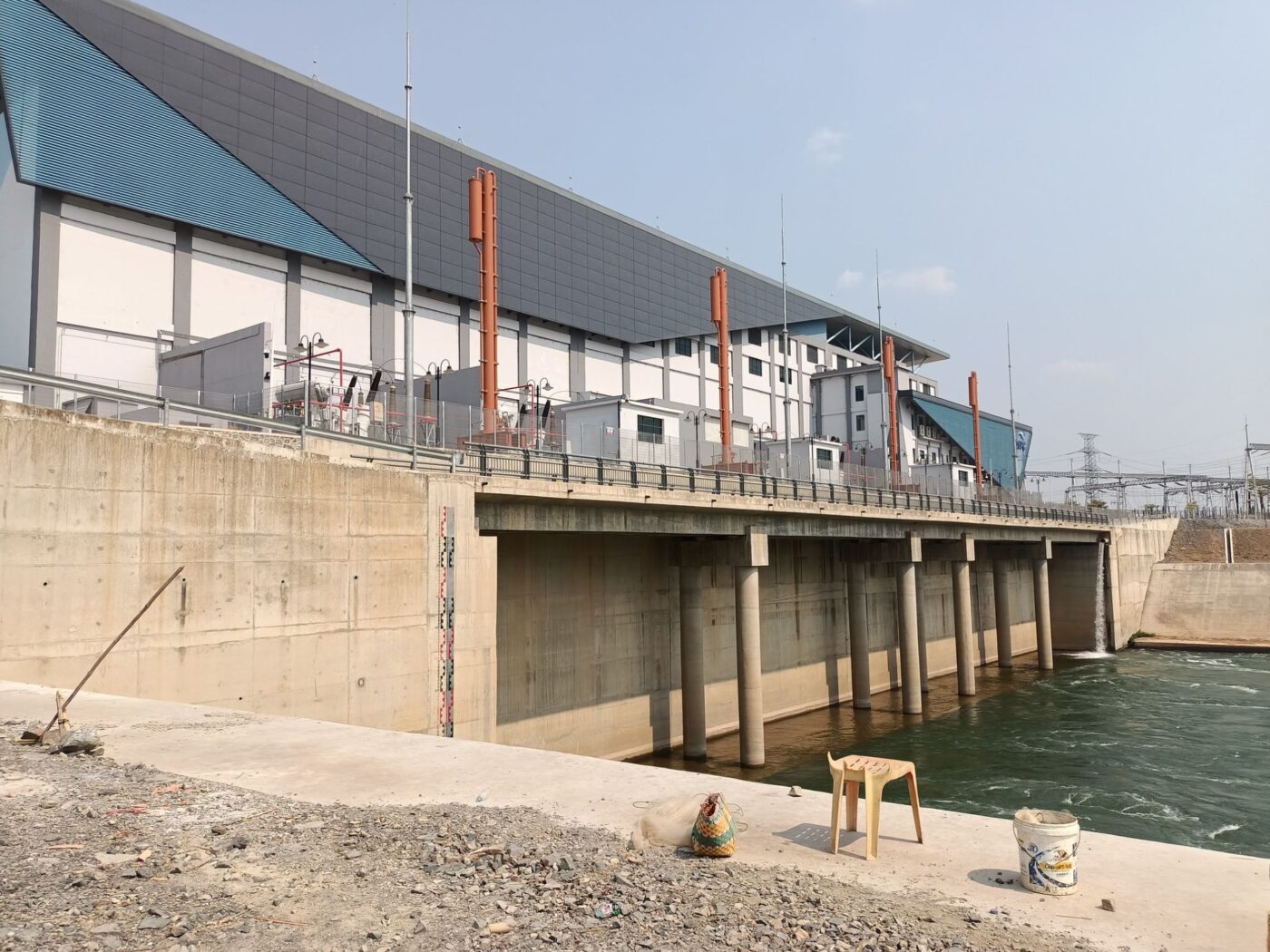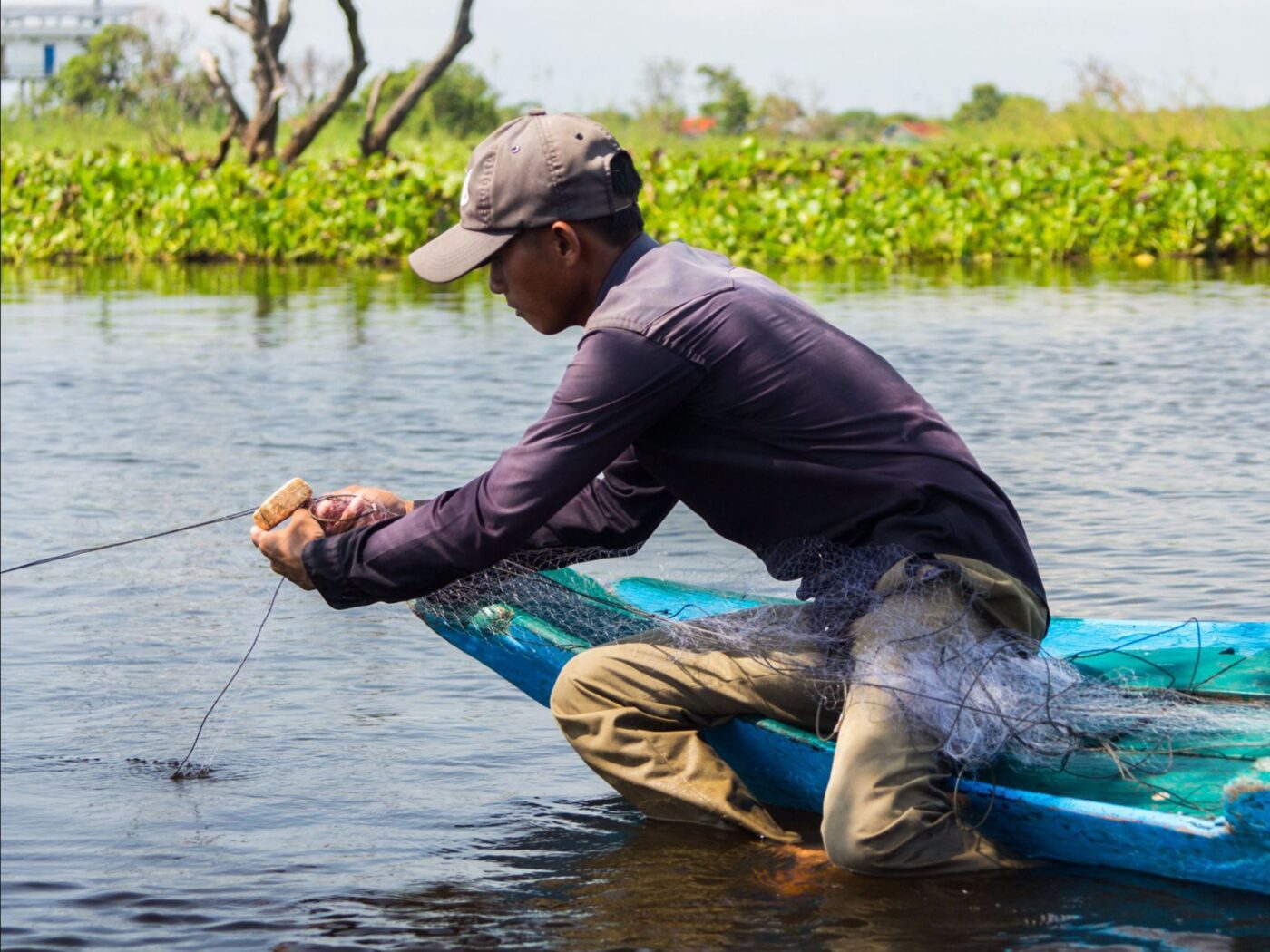Monday June 17, 2024

The impacts of human driven climate change cast an ever-growing shadow of uncertainty over the future of aquatic ecosystems. Changes in water flow, temperature, storm frequency and severity, and habitat connectivity arising from climate change are just some of the challenges that fish populations face. Freshwater systems are particularly vulnerable to global climate change due to the high amount of biodiversity they contain. Although freshwater habitats cover just 0.8% of the planet, they are home to approximately 15,000 fish species (and counting), which is nearly half the known global fish diversity. Scientists have noticed that warming water temperatures and highly variable precipitation events have forced many freshwater fishes to move to areas with more suitable conditions, leading to changes in distributions and ranges worldwide.

Low water on the Mekong River in Kratie, Cambodia
A recent study published in Ecological Indicators found that climate change drives major shifts in fish species distributions in the Mekong River Basin in Southeast Asia (Nuon et al. 2024). The Mekong is the tenth largest river in the world, flowing roughly 4,900 km from the Tibetan Plateau in China, through Myanmar, the Lao People’s Democratic Republic (Lao PDR), Thailand, Cambodia, and finally Vietnam, where it flows out into the South China Sea. The Mekong is renowned for its fish diversity, ranking third among all rivers globally in terms of number of fish species. From its mountainous headwaters to sprawling floodplains near its mouth, the Mekong provides a range of unique habitats. These, in turn, provide the necessary conditions for many unique species of fish, including the critically endangered Mekong giant catfish (Pangasianodon gigas) and giant barb (Catlocarpio siamensis). The diverse and abundant fishes of the Mekong River Basin provide immense social and economic value, as its fisheries resources are valued at 11 billion U.S. dollars and provide food to 70 million people.

Don Sahong Dam on the Mekong at the Lao/Cambodian border
Unfortunately, the Mekong River is not free from the numerous human-induced stressors that threaten the health and productivity of rivers worldwide. The construction of hydroelectric dams, irrigation and agricultural development, commercial navigation, mining, and overfishing have led to shifts in fish communities and population declines throughout the Mekong River Basin. The authors of this study focused specifically on how climate change and changes in human population density will impact fish communities in the Mekong. They used a dataset that indicated the recorded location of individuals from 195 species, separated into 10 guilds based on migratory traits and life history patterns. These data were sourced from three databases from the Mekong River Commission, International Union for Conservation of Nature (IUCN), and the Global Biodiversity Information Facility. Species distribution models (SDMs) were then used to determine how climate change and population density would impact fish species distributions. The authors examined both the combined and independent effects of these variables.
Analysis of these SDMs revealed that climate change – especially warming temperatures and change in precipitation – will be the main factor in determining fish distribution shifts, rather than minor fluctuations in human population density. The results showed that all 10 fish guilds are likely to expand their suitable habitat range in the future. Interestingly, these shifts were different depending on the fish species. Some species that can tolerate warmer waters and varying weather conditions will have expanded habitat, whereas some species that are more sensitive to these changes are expected to lose habitat. The results predict that by the 2050s, a total of 84% of the 195 study species will have their ranges shift north, while about 25% are likely to lose a portion of their suitable habitat.

Fisherman on the Tonle Sap
Some species are expected to see a reduction in their habitat, including fish important to local fisheries like basa (Pangasius bocourti), while other species including the vulnerable Hypsibarbus lagleri are expected to gain more suitable habitat. Additionally, the total number of species, also called species richness, in the Mekong is expected to significantly decline in the areas of the basin that are currently the most diverse, such as the Tonle Sap Lake and the Tonle Sap River. Conversely, species richness may increase north of the Mekong Delta in the Sesan, Sekong, and Srepok (3S) river basins. The results of this study identify the need for adaptive management strategies that can account for shifting fish species distributions. Protecting biodiversity hotspots like the Mekong River Basin will become increasingly important as scientists continue to learn how climate change may reduce or expand suitable habitat for freshwater fish species.
Header Image Caption: A storm rolls in over the Mekong in Cambodia
